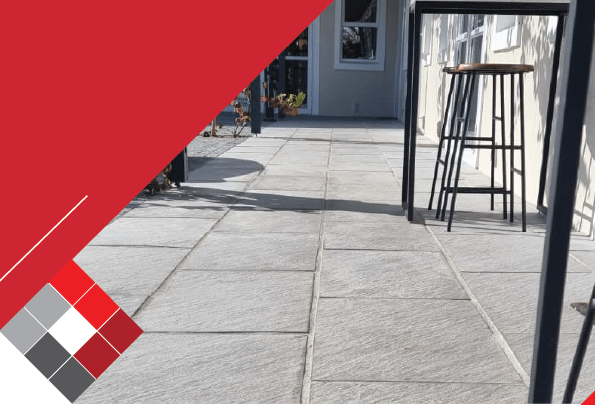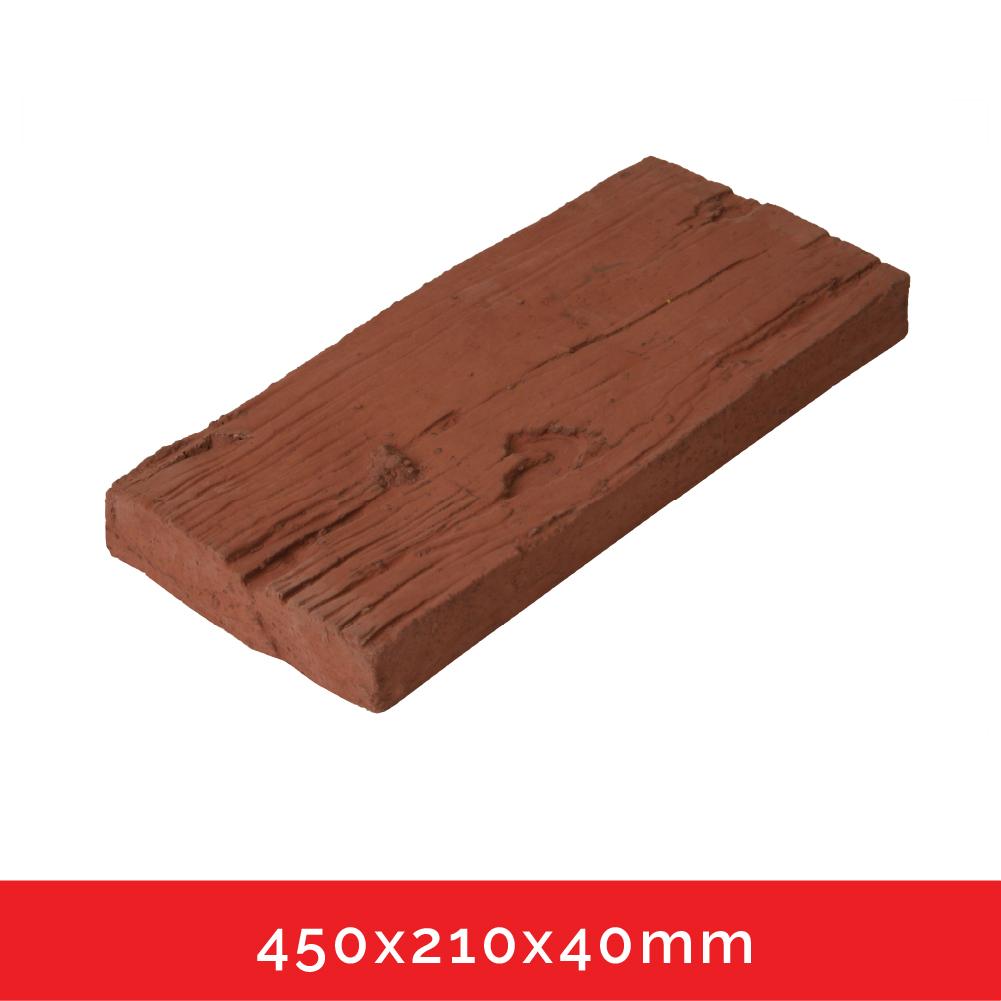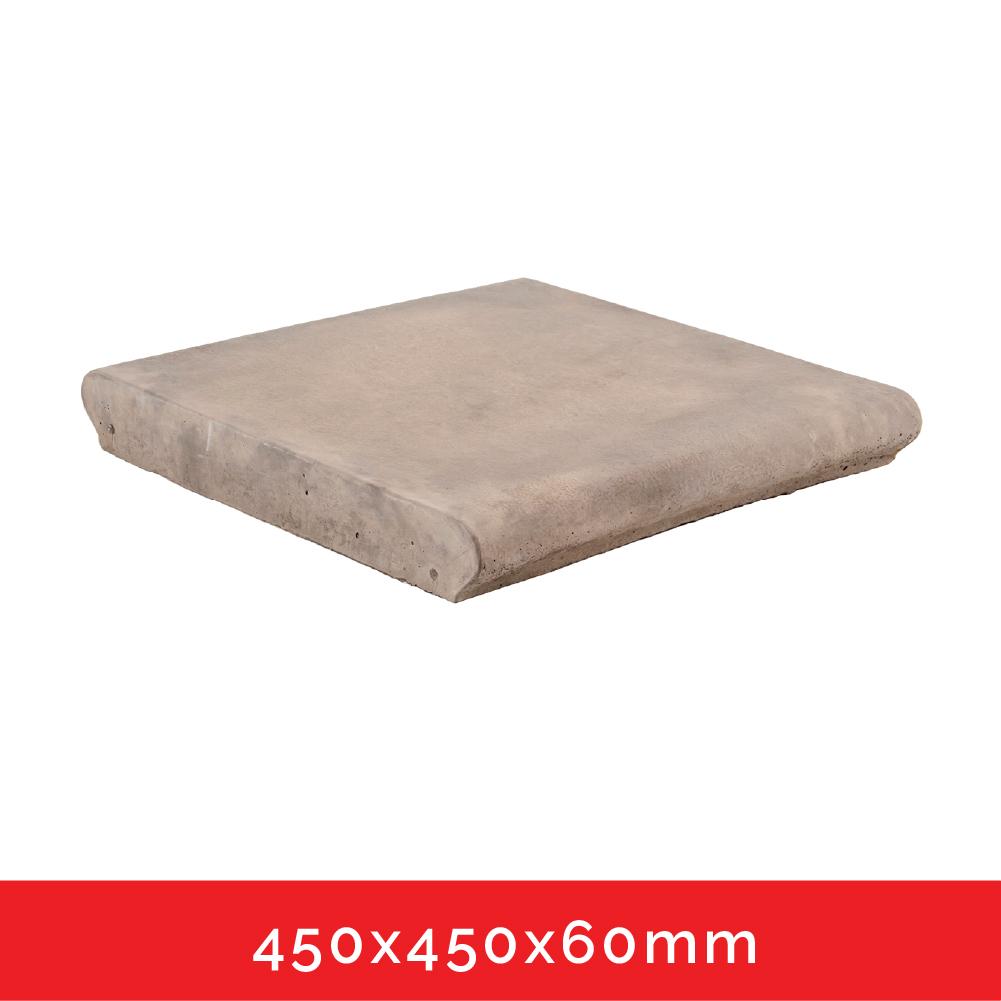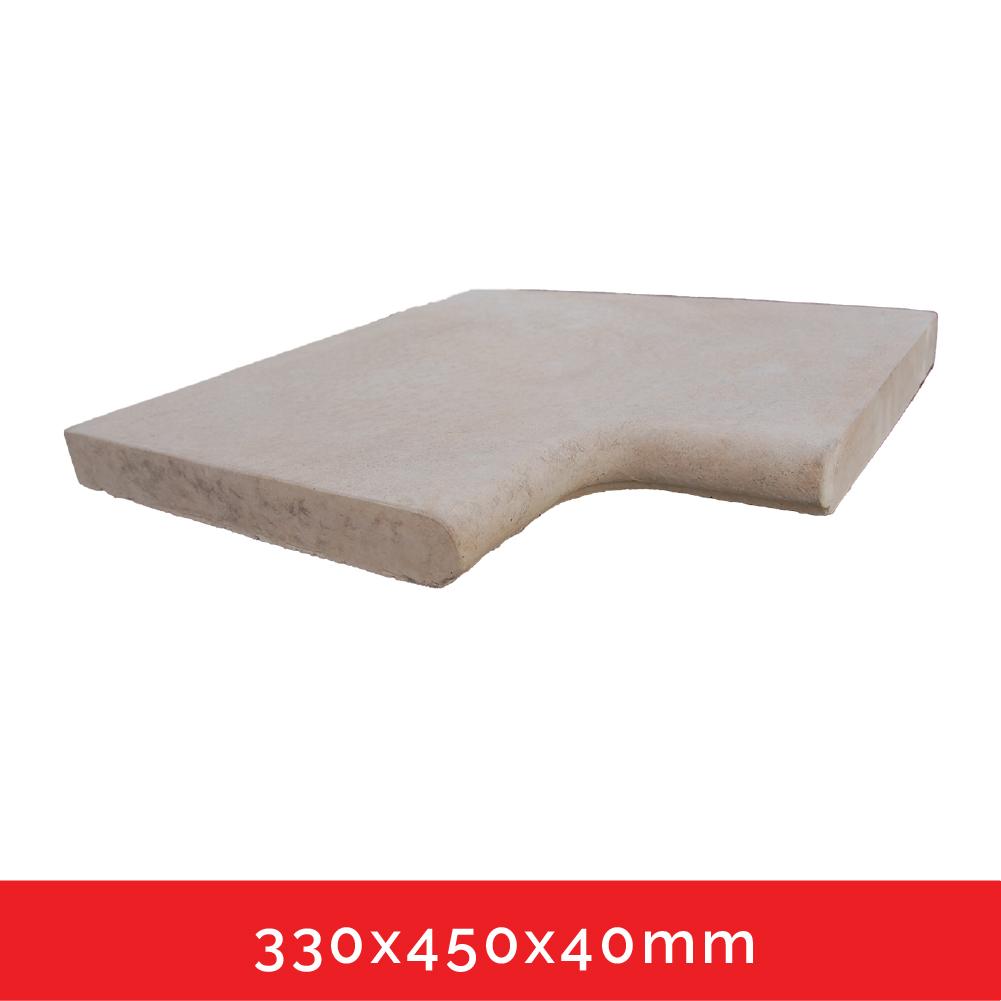Paving Principles
Paving is a long-term investment that can add value to your property and
provide a beautiful, durable surface for your home or business. However, it is
important to understand the principles of paving in order to ensure that your
installation is successful.
The Rules of Nature
It is vital to take into account the natural guidelines or regulations.
Natural materials such as soil and sand decompose over time as the earth
constantly moves. Paving is susceptible to damage from elements like the
sun. Additionally, moisture in the soil can pose problems for the longevity
of the pavement.
Maintenance
Maintenance is required for paving. The paving should be swept
regularly to remove dirt and debris. It may also be necessary
to seal the paving to protect it from the elements.
The Paving Principles You Should Adhere To
To ensure a successful paving installation, it is important to
follow these principles:
- The paving surface should be smooth and even.
- This can be achieved by using a leveling course and by compacting the paving material properly.
- Grouting is essential for secure paver placement.
- This will help to prevent the pavers from moving.
- Sideways shifting or creeping should be prevented in paving.
- This can be prevented by using the correct laying pattern required for the area.
- The load should not be solely supported by the paving blocks.
- The weight of the paving should be distributed to the layers beneath the pavers.
- Proper drainage of water is essential for the paving.
- This can be done by sloping the paving surface and by using a porous base material.
- Avoid pavement sagging during traffic.
- This can be prevented by using a strong base and by compacting the paving material properly.














